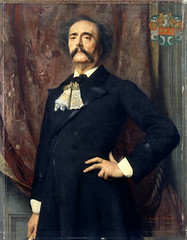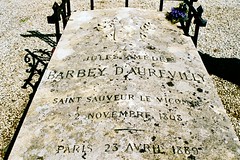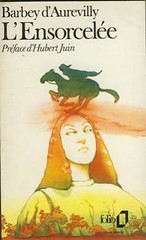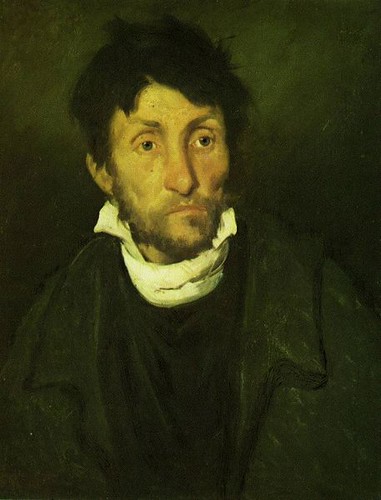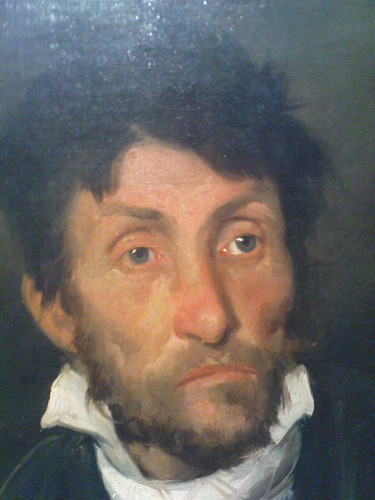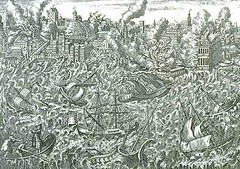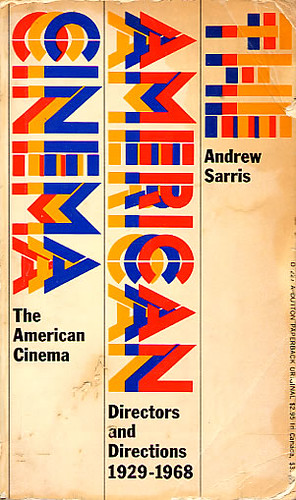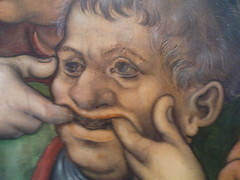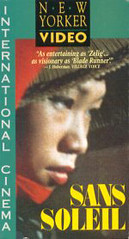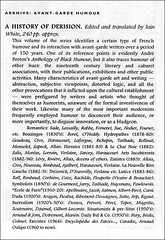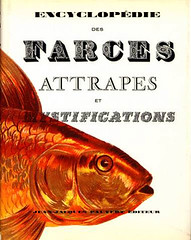Happy 70th birthday Jean Rollin.
Franka Mai and Brigitte Lahaie in Fascination image sourced at imagesjournal [1]. [Apr 2005]
Jean Rollin constitutes a decisive chapter in the book Immoral Tales: European Sex & Horror Movies 1956-1984 and discovering him and his universe (which connects to the world of French “low culture”) has been a delight. But do not expect too much of his films. Seeing Jean Rollin films has been an underwhelming experience for Jahsonic. Silly is the best word for the films I’ve seen. And not enough redeeming elements.
However 0
See prev. posts [2]
However 1
cover picture of Fascination
Rollin is a very interesting documentalist (see his work for Jean-Pierre Bouyxou’s Fascination and Eric Losfeld‘s Midi Minuit Fantastique) and connoisseur of Gaston Leroux and all literature of what he calls « second rayon ».
However 2
Calling Rollin connoisseurs.
I am looking for the title of the following excellent short subject by Rollin:
- Filmed from the perspective of a painter. Looking at a model. She is a African woman with long and golden nails?. The background music is contemporary classical music. Estimated date of production: late sixties or early seventies.
Anyone?
P. S. If you are new to Rollin check his Google gallery and make sure SafeSearch is off.



